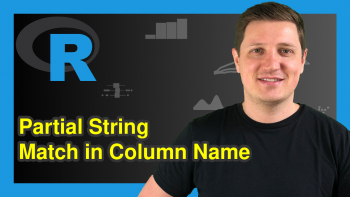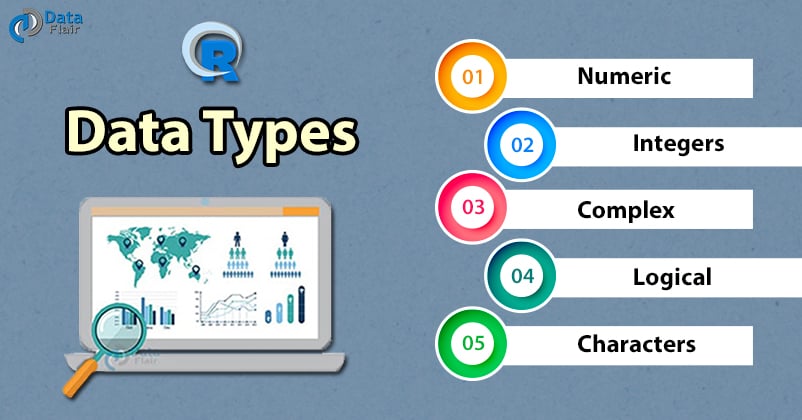
Timevar = "time") # id = ID wide_form # ID Var3 Var.1 Var2.1 Var.2 Var2.2 wide_form <- furniture :: wide(long_form, All we do is provide the long formed data frame, variables that are time-varying ( Var1 and Var2) and the variable showing the time points ( time). To go in the opposite direction (long to wide) we can use the wide() function. Finally, notice that each ID now has two rows (one for each measure). The actual values of the variables are now in the variable we called “values”.

V.names = c( "Var", "Var2")) # id = ID long_form # ID Var3 time Var Var2Īs you can see, it took the variable names and put that in our first variable that we called “measures”. The first argument is the ame, followed by two variable names (names that we go into the new long form), and then the numbers of the columns that are the measures (e.g., Var_Time1 and Var_Time2). To change this to wide format, we’ll use long(). Notice that this data frame is in wide format (each ID is one row and there are multiple times or measurements per person for two of the variables). In some situations, your data may have multiple variables with multiple time points (known as time-variant variables) and other variables that are not (known as time-invariant variables) as shown: # ID Var_Time1 Var_Time2 Var2_Time1 Var2_Time2 Var3 In reality, data can take on nearly infinite forms but for most data in health, behavioral, and social science, these two forms are sufficient to know. We introduced you to wide form and long form of your data in Chapter 2. Chapter 10: Where to Go from Here and Common Pitfalls.Chapter 9: Reproducible Workflow with RMarkdown.Chapter 3: Exploring Your Data with Tables and Visuals.Select Variables and Filter Observations.Chapter 2: Working with and Cleaning Your Data.Imagine that you are interested in the days where the stock price of Apple rises above 117. Loops are a powerful tool that will let us repeat operations. Performance & security by Cloudflare, Please complete the security check to access. # 3 103 108 13 Repeating execution of a block of statements in a controlled way is an important aspect in any functional programming language. for (i in seq (1, 50, 4)) for loop using a stepsize.

That sequence is commonly a vector of numbers (such as the sequence from 1:10), but could also be numbers that are not in any order like c(2, 5, 4, 6), or even a sequence of characters! Let’s take another look at the priceCalculator() function. # 2 -98 -93 -88 I have a data frame with several columns in 2 groups: column1,column2, column3. R for loop dataframe % gather(key = "Year", value = "Volume", Jan:Dec) Thanks for your help! If it goes above this value, you want to print out the current date and stock price.


 0 kommentar(er)
0 kommentar(er)
